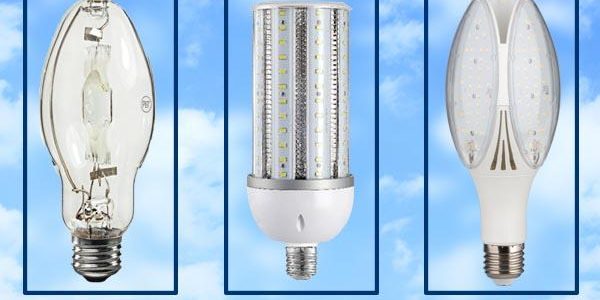Increase The Lifespan of Your LEDs
LED lights are a popular lighting option in all areas of lighting. The main reason LED lights are scoring over their incandescent counterparts is their extended lifespan. A typical LED light has a lifespan of up to 50,000 hours or 10 years of use. This is quite a long time when compared with the lifespan of a typical incandescent light bulb (1,000 hours). And, you can further extend an LED bulb’s life by following the handy tips we have for you.
Factors Affecting LED Lifespan
First, let us understand the factors that determine how long your LED lights will last:
- Power Supply
Just like all electrical appliances, LED lights need a stable power supply to function properly. Voltage needs to be controlled and regulated in order to optimize an LED light power output and life expectancy. If the voltage in your area goes through frequent fluctuations, you can be sure your LED lighting system will not last a long time.
- Ambient Temperature
The temperature of your LED light’s surroundings also affects its lifespan. Outdoor lights such as garden lights are exposed to high temperature and humid conditions. This adversely affects its lifespan. Similarly, enclosed light fixtures have a higher ambient temperature. There should be enough room for the heat produced by LED lights to be dissipated easily, else its internal circuitry can get heated and damaged prematurely.
- Capacitors and LED Drivers
Capacitors store energy that is later used by the LED light for producing illumination. Plastic capacitors can last up to a year if used regularly. Higher ambient temperature can shorten their lifespan. Nowadays, ceramic capacitors are being used since they are more tolerant to high temperature and voltage fluctuations.
- Bulb Case Temperature and Heat Sink
An LED light’s bulb case temperature is also a crucial factor affecting its lifespan. Temperature higher than 85 degrees is bound to shorten light’s lifespan. If the bulb case temperature reaches higher than 105 degrees, the light stops functioning. So proper heat management is necessary if you want to extend your LED light’s lifetime.
Tips to Increase Your LED Light’s Lifespan
Although LED lights have a long life than traditional light bulbs, they need to be used properly to maximize their usefulness. Normally, users tend to forget that even LED lights need proper care and maintenance. Leaving the bulbs on for long hours, placing them in closed, cluttered surroundings, or not regulating their voltage input can significantly reduce LED light’s lifespan, and force you to replace them prematurely.
Here are some dos and don’ts of using LED lights:
- Control Usage Duration of LED Lights
It’s a well known fact that LED lights last longer than regular incandescent bulbs. But a fact not known to many is that keeping these lights on for extended periods makes them dimmer. Have you noticed illumination of LED lights reduces when they are kept on over long, uninterrupted durations? This happens because LED lights are designed in such a way that they reduce their illumination to control energy consumption.
So, use LED lights for shorter periods of time, mainly during times when you need focused, bright light. Switch them off when their use is no longer necessary.
- Give The Lights Ample Cooling Down Period
As explained before, ambient temperature and bulb case temperature are crucial factors in determining an LED light’s lifespan. Just because these bulbs emit lesser heat as compared to incandescent bulbs, doesn’t imply that they don’t need to cool off. In fact, letting these bulbs cool off sufficiently will extend their age and improve their illumination.
Hence, place these bulbs in cool, dry surroundings with enough space for heat produced to be dissipated. And, allow them sufficient time to cool off before switching them on again.
- Avoid Rapid Switching on/off of LED Lights
We know that this tip is a no brainer, but still, it needs to be reiterated. Rapidly switching on and off of any bulb can be detrimental for its age. And this holds true for LED lights too. Not only does the build have to withstand fluctuations in voltage, but they also don’t get time to rest before the next use. Consequently, their light gets dim and life span gets reduced.
Installing LED lights, though energy-efficient and long lasting, is a costly affair. Get the most out of your investment by taking proper care of your LED lights.








